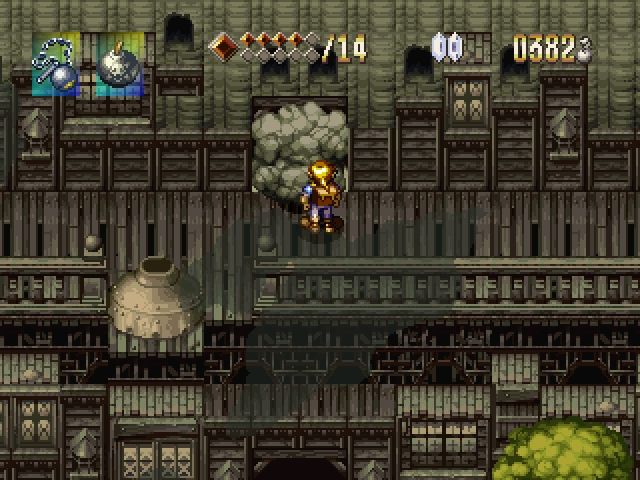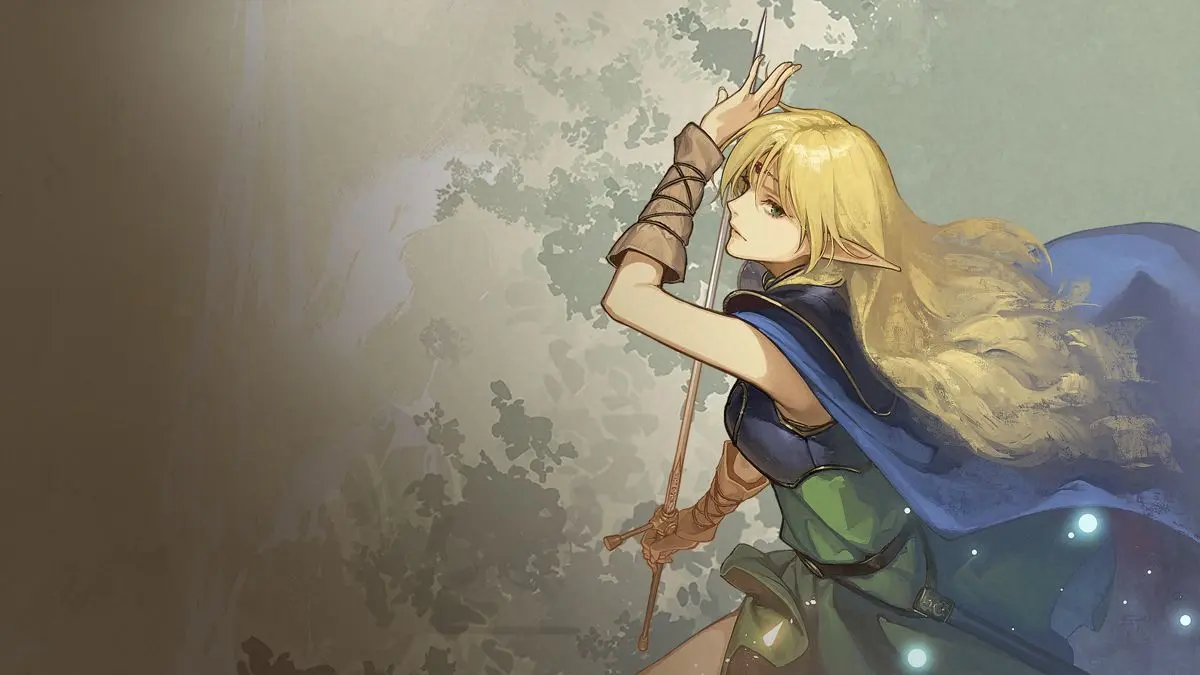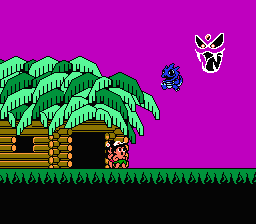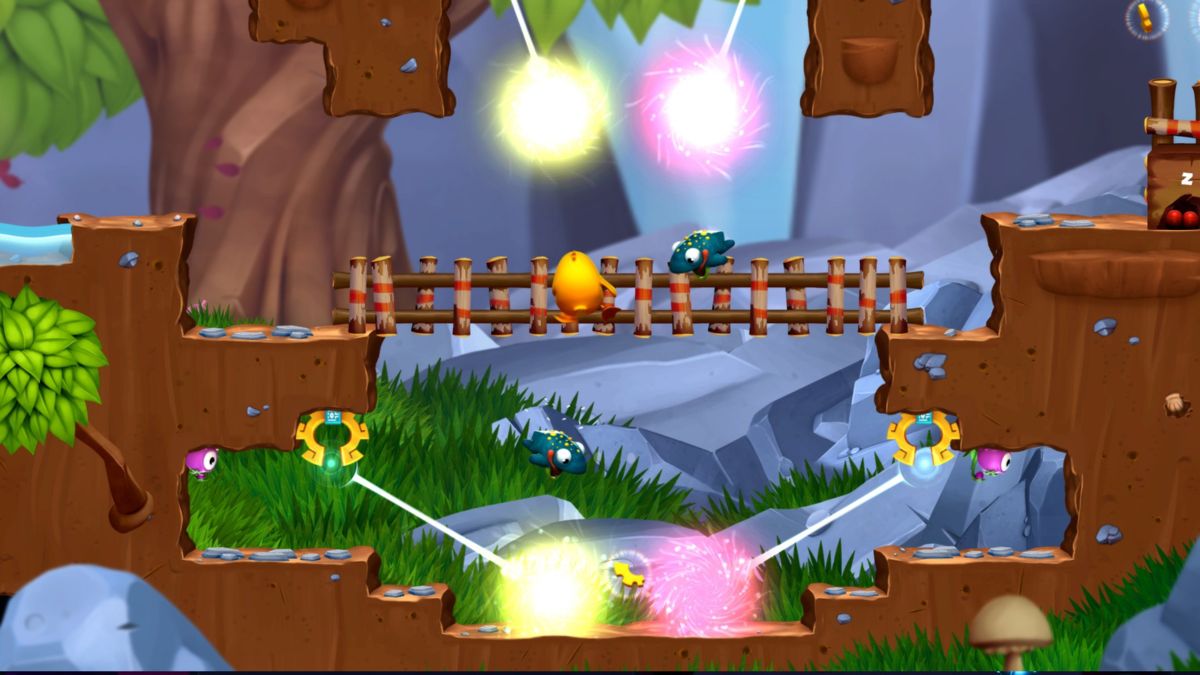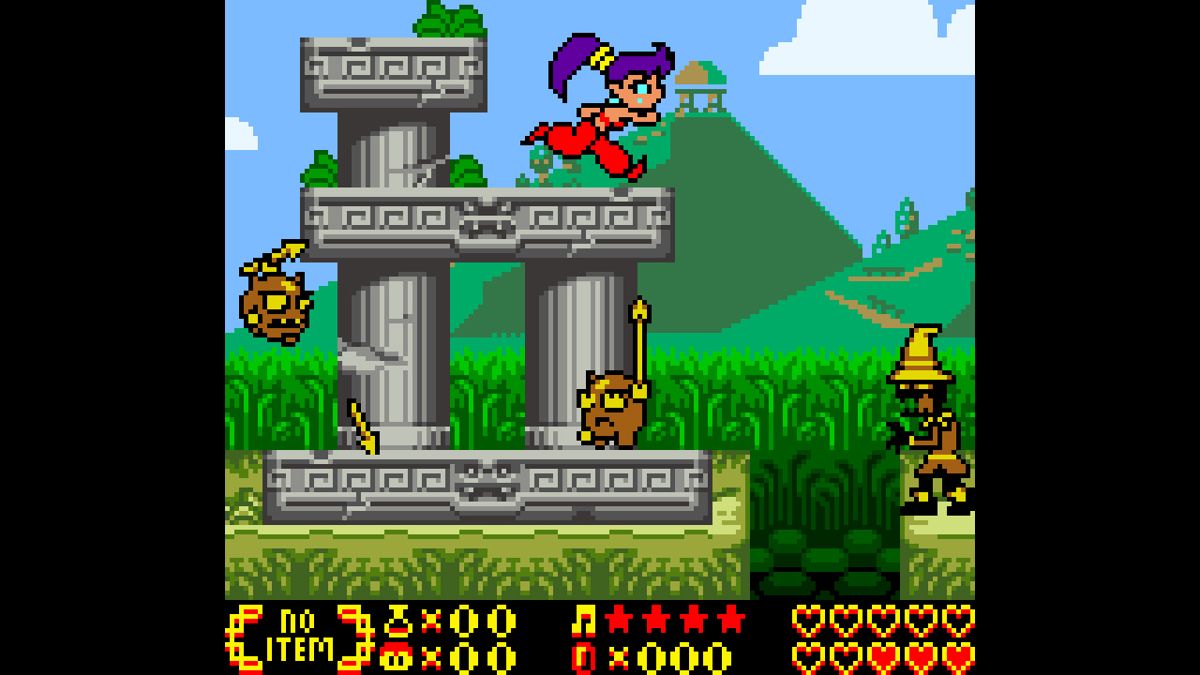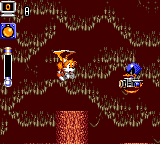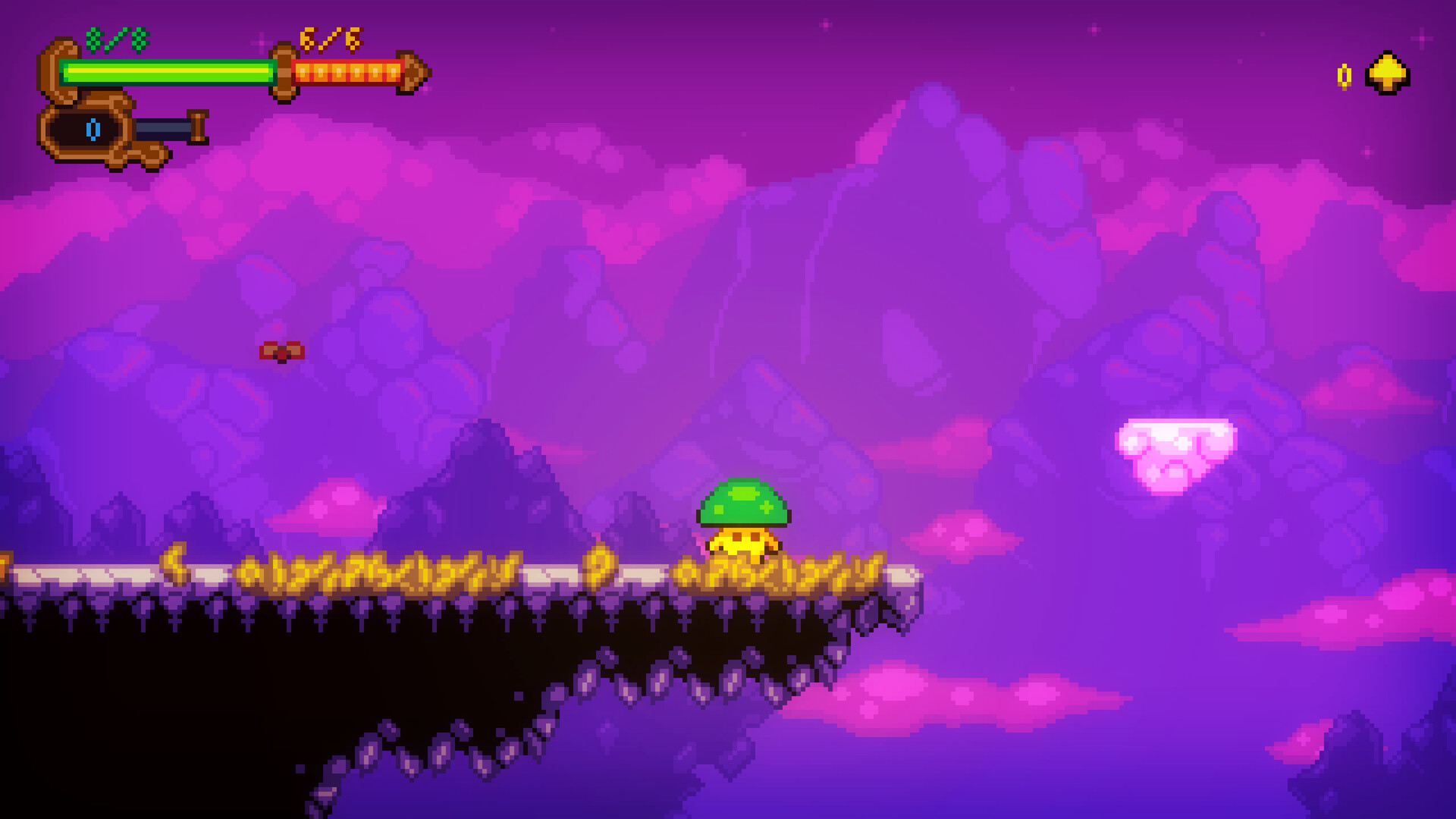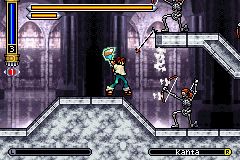Results
Alundra
fantasy, challenging, environmental puzzles
Alundra is a critically acclaimed action-adventure RPG developed by Matrix Software and published by Working Designs for the PlayStation in 1997. Often compared to The Legend of Zelda series, Alundra stands out for its darker, more mature narrative and challenging puzzle design. The game follows the titular protagonist Alundra, a young elf with the ability to enter people's dreams. He arrives in the village of Inoa, which is plagued by deadly nightmares. The story takes a grim turn as villagers begin dying in their sleep, and Alundra must use his dream-walking abilities to save them and uncover the source of the evil. Key features that set Alundra apart in its genre include: 1. Complex, often brutally difficult puzzles that require precise timing and execution. 2. A darker, more mature storyline dealing with themes of death, fate, and religion. 3. Smooth, fast-paced combat with a variety of weapons and magic. 4. Detailed 2D sprite work and environments, with some pseudо-3D elements. 5. A memorable soundtrack composed by Kohei Tanaka. The game's difficulty, particularly in its puzzles and boss fights, is notably higher than many of its contemporaries. Its dream-exploration mechanic adds a unique twist to the typical dungeon-crawling formula. Alundra received high praise for its storytelling, level design, and challenge, cementing its place as a cult classic in the action-RPG genre.
Adventure Time: Hey Ice King! Why'd You Steal Our Garbage?
fantasy, environmental puzzles, bright visuals
"Adventure Time: Hey Ice King! Why'd You Steal Our Garbage?" is a 3D platformer game developed by WayForward Technologies and published by D3Publisher for the Nintendo 3DS and Nintendo DS in 2012. The game is based on the popular Cartoon Network animated series "Adventure Time." The game's story follows the antics of the Ice King, who has stolen various items from the Land of Ooo, including garbage from the Tree Fort belonging to Finn and Jake. As Finn and Jake, players must navigate through various levels and environments, collecting the stolen items and battling against the Ice King's minions. One unique aspect of the game is its use of the 3DS and DS's dual-screen functionality. The top screen displays the main gameplay action, while the bottom screen serves as a map and inventory screen. Players can also use the touch screen to interact with certain objects and puzzles. The game features a mix of platforming, puzzle-solving, and combat mechanics. Players can use Finn's sword and Jake's stretchy powers to overcome obstacles and defeat enemies. The game also incorporates elements of exploration, as players can uncover hidden areas and collectibles throughout the levels. "Hey Ice King! Why'd You Steal Our Garbage?" features a distinctive art style that faithfully captures the quirky and whimsical aesthetic of the "Adventure Time" show. The game's levels are based on various locations from the series, such as the Candy Kingdom, the Ice Kingdom, and the Land of the Dead. While the game received generally positive reviews for its faithful adaptation of the source material and its charming visual style, some critiques noted that the gameplay mechanics could be repetitive at times and that the overall experience was relatively short. Overall, "Adventure Time: Hey Ice King! Why'd You Steal Our Garbage?" is a solid tie-in game that captures the essence of the beloved animated series, offering fans a chance to experience the Land of Ooo in an interactive and engaging way.
Record of Lodoss War: Deedlit in Wonder Labyrinth
environmental puzzles, pixel art, hidden areas
Record of Lodoss War: Deedlit in Wonder Labyrinth is a 2D side-scrolling action platformer developed by Team Lidra and published by Playism in 2021. It's a spin-off game set in the iconic fantasy world of Record of Lodoss War, a popular Japanese light novel, anime, and video game series. The game's narrative focuses on the legendary elf, Deedlit, as she finds herself trapped within a mystical labyrinth filled with enigmatic puzzles and formidable foes. The game's visuals pay homage to the classic Record of Lodoss War aesthetic, with detailed sprite work and vibrant pixel art capturing the fantasy world's charm. The soundtrack, composed by Kenji Ito, who worked on the original Lodoss War anime, adds an atmospheric and nostalgic touch to the experience.
Adventure Island IV
pixel art, hidden areas, interconnected world
testt
Toki Tori 2
environmental puzzles, bright visuals, minimalist narrative
Toki Tori 2 is a critically acclaimed puzzle-platformer developed by Two Tribes and published in 2013. While it retains the whimsical aesthetic and charming protagonist from the original Toki Tori game, the sequel takes a significant departure in its gameplay mechanics. Instead of the traditional linear level design, Toki Tori 2 presents an open-ended, metroidvania-style world for players to explore. The game features a vast interconnected environment filled with intricate puzzles that often require players to backtrack and revisit previously inaccessible areas with newly acquired abilities. One of the game's most notable features is its mechanics-driven puzzle design. Players don't directly control Toki Tori but rather manipulate the environment using a diverse set of tools and abilities, such as creating bridges, freezing objects, or rewinding time. These mechanics are introduced gradually, and players must creatively combine them to solve the increasingly complex puzzles. Toki Tori 2 also boasts an impressive level of non-linearity, allowing players to tackle puzzles and progress through the game in multiple ways. This open-ended design encourages experimentation and rewards players for thinking outside the box. While the game's puzzles can be challenging, Toki Tori 2 strikes a balance by providing a forgiving checkpoint system and allowing players to skip particularly difficult puzzles, albeit at the cost of missing out on some collectibles and achievements. Overall, Toki Tori 2 offers a refreshingly unique and cerebral puzzle-platforming experience, combining a charming aesthetic with ingenious puzzle design and an open-ended exploration-driven gameplay loop.
Shantae
fantasy, pixel art, bright visuals
Shantae, released in 2002 for the Game Boy Color, is a action-platformer game developed by WayForward Technologies. While it follows the conventions of the genre, it stands out with its distinct art style, characterized by vibrant colors, detailed sprites, and anime-inspired character designs. The game's narrative revolves around Shantae, a half-genie protagonist who must navigate the fictional world of Sequin Land, exploring various themed environments and confronting a diverse array of enemies and bosses. The storytelling incorporates humor and lighthearted elements, often playing with tropes and clichés in a self-aware manner. One of the game's standout features is Shantae's ability to transform into various animal forms, each with unique abilities that allow her to traverse different obstacles and access hidden areas. This transformation mechanic adds depth to the platforming gameplay and encourages exploration. The level design in Shantae is noteworthy for its intricate layouts and clever use of secret passages and shortcuts, rewarding observant players and encouraging multiple playthroughs. The game also features a day-night cycle that affects enemy behavior and environmental hazards, adding an extra layer of complexity to the gameplay. While the game's graphics and audio showcase the limitations of the Game Boy Color hardware, they are expertly crafted, with charming character sprites, catchy music tracks, and atmospheric sound effects that contribute to the overall whimsical tone of the game. Shantae was well-received upon its release, praised for its unique setting, engaging gameplay, and attention to detail. It has since garnered a cult following and spawned several sequels and spin-offs, cementing its place as a beloved and influential title in the action-platformer genre.
Tails Adventure
pixel art, retro aesthetic, chiptune soundtrack
Tails Adventure, released in 1995 for the Game Gear, is a side-scrolling platformer that serves as a spin-off to the mainline Sonic the Hedgehog series. While it follows the familiar gameplay mechanics of running, jumping, and collecting rings, the game sets itself apart with its unique approach to level design and exploration. One of the game's standout features is its emphasis on non-linear level progression. Players can freely explore each zone, backtracking and uncovering hidden paths and secrets. This sense of exploration is further encouraged by the inclusion of various power-ups and gadgets that grant Tails new abilities, such as a remote-controlled robot that can access hard-to-reach areas. The game also features a unique inventory system, where players can collect and combine various items to solve puzzles or create new tools. This added a layer of depth to the gameplay, encouraging players to experiment and think critically about their approach to each obstacle. Another notable aspect of Tails Adventure is its visual presentation. While it retains the classic Sonic aesthetic, the game features detailed and varied environments, ranging from lush forests to mechanical fortresses. The sprite work and animations are also noteworthy, with Tails showcasing a wide range of expressive movements and actions. Despite its spin-off status, Tails Adventure received critical acclaim for its innovative gameplay mechanics and challenging level design. It was praised for successfully expanding the Sonic universe while offering a fresh and engaging experience that stood out from other platformers of its time.
Lone Fungus: Melody of Spores
bright visuals, double jump, challenging
No synopsis available.
Shaman King: Master of Spirits
fantasy, pixel art, bright visuals
Shaman King: Master of Spirits for the Game Boy Advance is a turn-based role-playing game based on the popular anime and manga series of the same name. The game follows the story of Yoh Asakura, a young shaman who aims to become the Shaman King by winning the Shaman Fight, a tournament held every 500 years. One of the game's standout features is its extensive roster of playable characters, which includes not only Yoh and his friends but also numerous characters from the anime and manga series. Each character has unique abilities, spirits, and fighting styles, allowing for a diverse range of team compositions and strategies. The battle system incorporates elements from both traditional turn-based RPGs and fighting games. Players can engage in one-on-one battles or team battles, where they must strategically position their characters and plan their attacks. The game also features a unique "Oversoul" system, which allows characters to merge with their guardian spirits, granting them powerful abilities and transformations. In addition to the main story mode, Shaman King: Master of Spirits offers various side quests and optional content, providing plenty of opportunities for exploration and character development. The game also includes a multiplayer mode, allowing players to battle against each other using their customized teams. While the game follows the overall narrative of the anime and manga, it also features original story elements and scenarios, giving fans of the series a fresh perspective on the Shaman King universe. The game's graphics and audio stay true to the source material, capturing the distinctive art style and iconic soundtrack. Overall, Shaman King: Master of Spirits is a solid RPG experience that offers a unique blend of turn-based combat, strategic team-building, and faithful adaptation of the beloved Shaman King franchise.
Tomba!
fantasy, environmental puzzles, hidden areas
Tomba! (also known as Tomba! in Europe and Twinbee PARADISE in Japan) is a charming 2D action-adventure platformer developed by Whoopee Camp and published by Sony Computer Entertainment in 1997 for the original PlayStation. One of the game's standout features is its vibrant and whimsical world, filled with quirky characters and environments inspired by various fairy tales and folklore. The game's visuals are a delight, with colorful and detailed sprites combined with pre-rendered 3D backgrounds, creating a unique aesthetic that blends 2D and 3D elements seamlessly. The gameplay mechanics in Tomba! are diverse and engaging. Players can use Tomba's trusty bracelet to grab and throw enemies, as well as interact with various objects in the environment. The game also features a unique side-scrolling adventuring system, where players can enter different rooms and areas by jumping into the foreground or background, adding depth and complexity to the level design. One of the game's most notable features is the wide array of side quests and optional objectives, which encourage exploration and reward players with valuable items and power-ups. These side quests often involve solving puzzles, completing mini-games, or engaging in unique challenges, such as racing or hunting down elusive creatures. The game's soundtrack, composed by Akira Kuzumo and Tomohiro Ando, is widely praised for its catchy and memorable tunes, perfectly capturing the whimsical and lighthearted tone of the game. While Tomba! may not have received the same level of mainstream recognition as some other platformers from the same era, it has developed a dedicated cult following among fans who appreciate its unique charm, challenging gameplay, and attention to detail. Many consider it a hidden gem of the PlayStation library and a standout title in the action-adventure platformer genre.
Filters
Search Term
Properties
Platforms
Tags (include)
Tags (exclude)
Get Your Game Noticed
Advertise your game with MetroidvaniaDB and reach a community of people who know exactly what they're looking for:
Your game.
Native & Banner Ad Spots
Multi-week Discounts
Game Launch Packages
Discounts for Indie Developers

